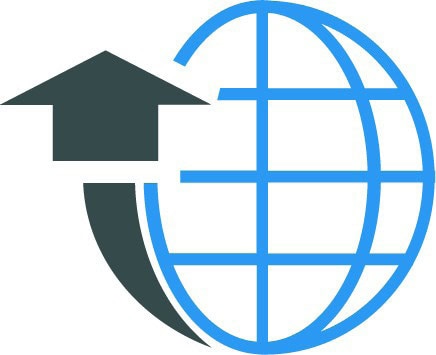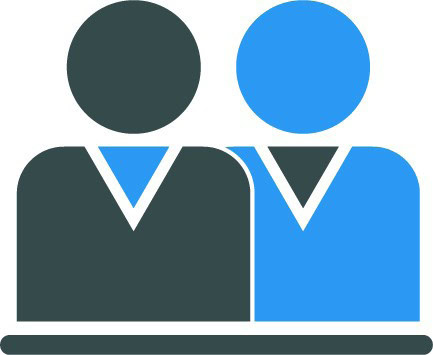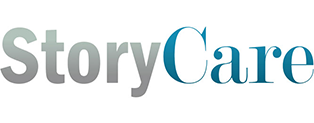129
Instructor’s Guide – The Floor’s Open
Overview:
This story is about the importance of patience, flexibility, adaptability, and prior planning during the ‘learning curve’ to manage the changes related to team processes, workflows, and practices when any new technology or information system is introduced.

Primary Learning Outcomes
After completing this lesson, the student will be able to:
- Analyze the impact of new technology on established team processes, practices, and workflows.
- Describe team strategies to balance workload and prioritize the use of technology or automation against established safe care practices.
- Explain the importance of demonstrating civility among team members to manage conflict, build trust, and establish open channels of team communication.

QSEN Pre-Licensure Competencies
The following QSEN competencies are addressed in this lesson:
- Quality Improvement (QI): Use data to monitor the outcomes of care processes and use improvement methods to design and test changes to continuously improve the quality and safety of health care systems.
- Teamwork and Collaboration: Function effectively within nursing and inter-professional teams, fostering open communication, mutual respect, and shared decision-making to achieve quality patient care.

QSEN Teamwork & Collaboration Enrichment
TeamSTEPPS Best Practice: PEARLA
Team Strategies to Enhance Performance and Patient Safety (TeamSTEPPS) is an evidence-based set of teamwork tools, aimed at optimizing patient outcomes by improving communication and teamwork skills among health care professionals.
- PEARLA is a technique used for connecting strongly with someone in order to establish their trust when delivering suggestions for correcting unprofessional or disruptive behavior. The letters stand for:
- P (Presence) – Look and see if you are fully present for the discussion or if you are distracted by other concerns or are overly emotional about the situation.
- E (Empathy) – Use empathic listening skills to actively express your understanding.
- A (Acknowledge) – Acknowledge the importance to them and to everyone concerned of finding a solution to the problem.
- R (Reflect/Reframe) – The goal is to reflect back what may be important to the person who is making the statement and provide an alternative way to view the situation that captures what matters most to that person.
- L (Listen Openly) – Listening openly requires that you listen to the facts, listen to the emotions, notice the body language, and listen for the meaning behind words.
- A (Ask Clarifying Questions) – Ask open-ended questions to more fully understand the situation from the other’s point of view.
Reflection Questions:
Students will answer reflection questions upon completing the story. These questions are aligned with the QSEN competencies and are designed to help the student reflect on both the content of the story and the QSEN competencies addressed by the story.
*Following each question are some potential answers
- Why is it important to consider the impact of new technology on established team processes and practices? Use examples from the story to support your answer.
A: Workflow and processes should be mapped out to allow for evaluation of how new documentation systems can be integrated.
A: New technology should be beta tested in the environment before deploying in a live patient scenario, to identify unforeseen challenges and evaluated added time needed during the “learning curve”.
A: Patterns of practice may need alternation when new technologies are introduced. Preemptively expressing that reality, while engaging all the stakeholders, will help to diffuse the early frustrations seen with any change management situation.
- Describe how Cindy used PEARLA to address Nancy’s concerns. What else do you think she could have done?
A: Cindy called Nancy and asked her to meet her in person. This allowed for her to be fully present, but an in person discussion allowed for the opportunity of assessing non-verbal communication.
A: Pre-emptively, having an opportunity for OR champions of the change with advanced training and beta testing the system deployment, may have helped to thwart the early failure and engage the staff in a more positive, yet difficulty implementation process.
- Why is civility in the workplace so important, especially during high stress situations? What consequences could have resulted from Dr. Kaymer’s anger?
A: Professionalism in the workplace, particularly in the healthcare environment is paramount. High stress situations, such as new technology deployment, needs to well thought out, tested and have identified local champions that have advanced training before the “go live” first case.
A: The patient’s care and ultimately the procedure itself could have been negatively impacted as well the team morale.
A: The OR staff stability could have been negatively and permanently impacted had the situation not been quickly diffused.
Discussion Questions:
Use discussion questions for face to face or online discussion boards to get students to further reflect on the content of the story together.
*Following each question are some potential answers
- What can we learn from this story?
A: Implementation of a new process requires thoughtful and intentional planning.
A: Organizational leadership is required for effective implementation of change, to ensure that adequate resources are deployed for the new program or technology.
A: Relationship management requires thoughtful attention.
- What one thing could you do to show other team members that you support them, respect them, and understand their challenges?
A: The PEARLA technique can be used in professional interactions that are challenging.
Suggested Classroom Mastery Activities:
These activities can be tailored for individuals or groups in a face to face or online setting.
- Think about some ways you could help team members adjust to the implementation of new technology in your department. What are your strengths and weaknesses in facilitating the implementation of new technology?
- Describe another scenario in which PEARLA could be useful. Explain how you would use this technique to better communicate with a colleague.
- Develop a plan for Cindy to implement the next time a new technology or procedure is implemented to better prepare her team.

Measuring Student Mastery:
| Learning Outcome |
Level 1 |
Level 2 |
Level 3 |
| Describe the impact of new technology on established team processes, practices, and workflows. |
Student struggles to describe the impact of new technology on established team processes, practices, and workflows. |
Student can describe some impacts of new technology on established team processes, practices, and workflows. |
Student can accurately describe the impact of new technology on established team processes, practices, and workflows. |
| Describe team strategies to balance workload and prioritize the use of technology or automation against established safe care practices. |
Student struggles to describe team strategies to balance workload and prioritize the use of technology or automation against established safe care practices. |
Student can describe some team strategies to balance workload and prioritize the use of technology or automation against established safe care practices. |
Student can accurately describe team strategies to balance workload and prioritize the use of technology or automation against established safe care practices. |
| Explain the importance of demonstrating civility among team members to manage conflict, build trust, and establish open channels of team communication. |
Student struggles to explain the importance of demonstrating civility among team members to manage conflict, build trust, and establish open channels of team communication. |
Student can explain some of the importance of demonstrating civility among team members to manage conflict, build trust, and establish open channels of team communication. |
Student can explain the importance of demonstrating civility among team members to manage conflict, build trust, and establish open channels of team communication. |
For additional information on improving team communication, please consult the following articles and resources in Further Reading:

Story-Specific Best Practices and Proven Tools:
In addition to the ideas generated by students and mentioned in the activities, there are established best practices that may be appropriate to introduce or reference during this lesson to support communication. Some best practices to consider for improving team communication include:






